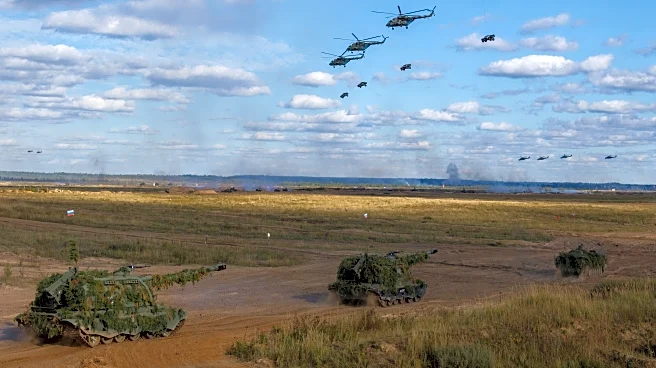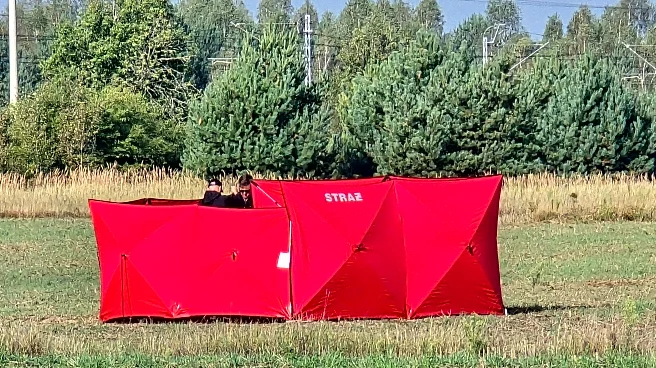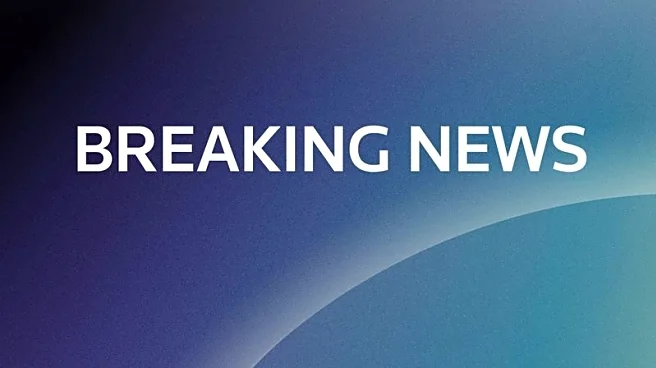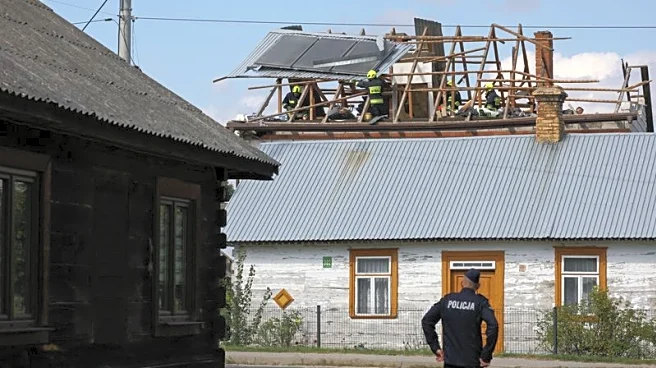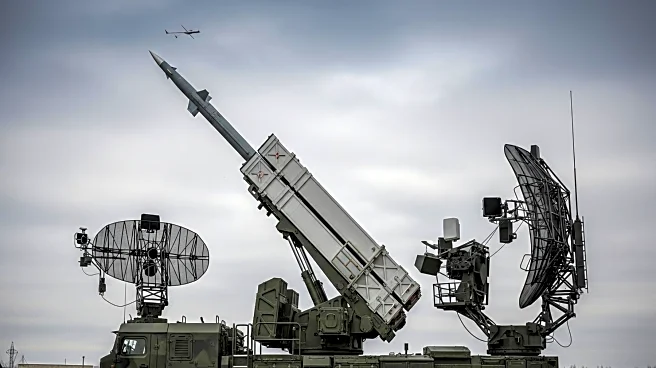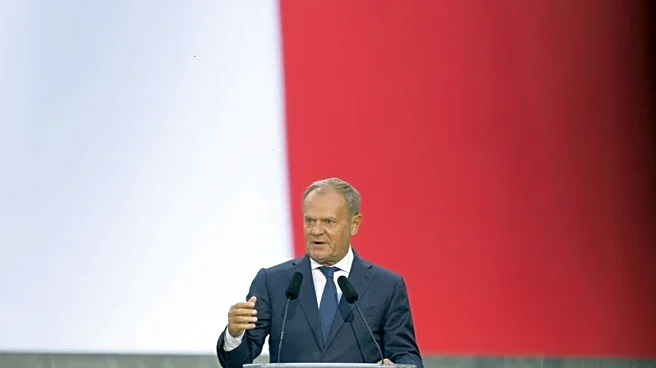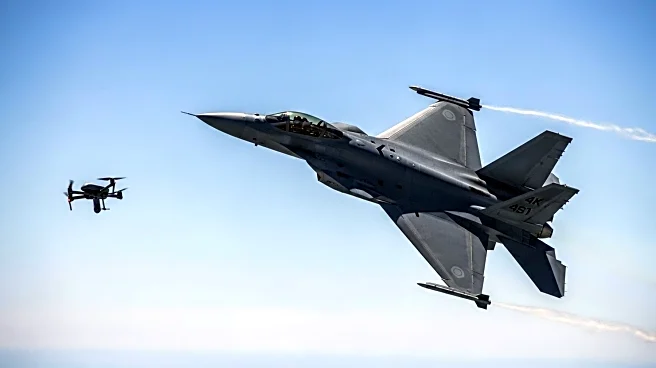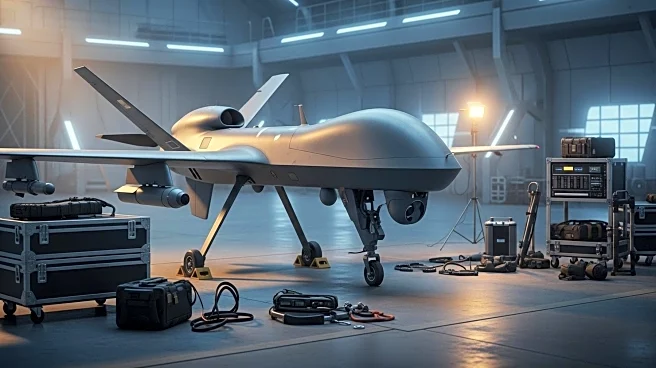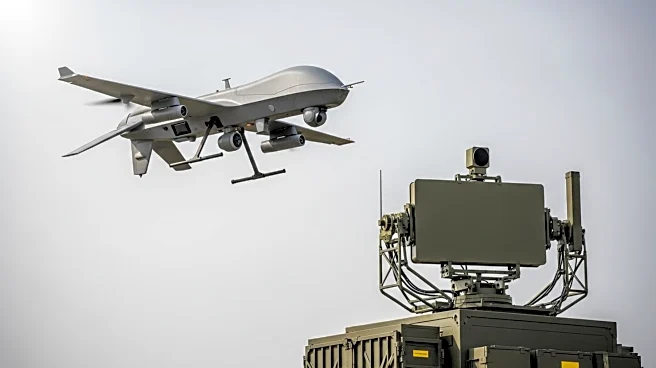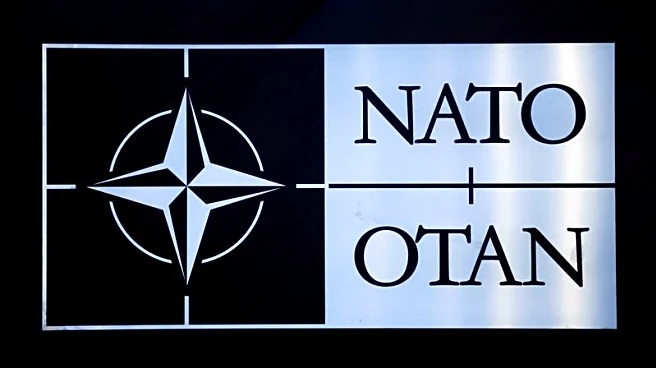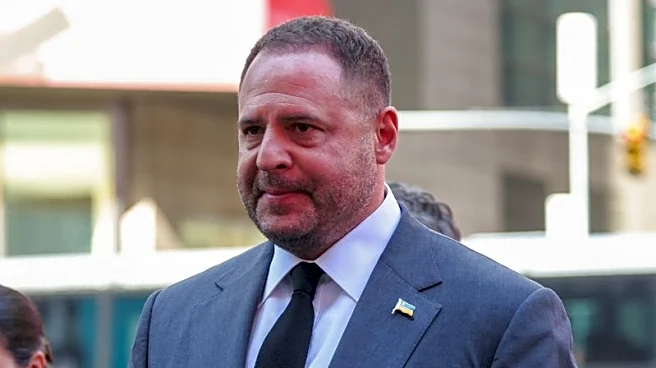TALLINN, Estonia (AP) — The last time Russia and Belarus held major joint military drills in 2022, Moscow sent its troops into Ukraine just days later. Now the two close allies are conducting war games again, raising tensions anew in the region
The war games, dubbed “Zapad 2025,” or “West 2025,” take place in Belarus starting Friday and will last until Sept. 16. Troops from both countries will simulate repelling an attack, including airstrikes and sabotage, according to official reports.
The aim is
to showcase the close links between Moscow and Minsk, as well as Russian military might amid its 3½-year-old war in neighboring Ukraine.
The war games have drawn concerns in Kyiv and its Western allies of Latvia, Lithuania and Poland, which border Belarus. Russian President Vladimir Putin sent troops rolling into Ukraine on Feb. 24, 2022, many of them crossing from Belarus.
The Ukrainian Foreign Ministry said this year's exercise “hinders peaceful efforts" by U.S. President Donald Trump to end the war and “poses an immediate threat not only to Ukraine, but also to Poland, the Baltic states and all of Europe.”
On Wednesday, tensions in the region spiked even further after Poland said multiple Russian drones entered its territory and were shot down with help from NATO allies. A significant number came from Belarus, Polish Prime Minister Donald Tusk said.
The Russian military said it wasn’t targeting Poland, and Belarus suggested drones went off course — but several European leaders said it appeared intentional.
What to know about the exercise:
Belarusian defense officials initially said about 13,000 troops would participate in the exercise that was to take place near its western border. In May, however, its Defense Ministry said the number would be cut nearly in half, and that the main maneuvers would take place deeper inside the country. Parts of the exercise will also take place inside Russia.
Last month, Defense Minister Viktor Khrenin said most of the exercise will happen around the city of Barysaw, about 74 kilometers (46 miles) northeast of Minsk, although some “small units will carry out practical tasks to repel a hypothetical enemy” in areas close to the border with Poland and Lithuania. Two of five new fortifications that have been erected for the drills also are located in those areas, Khrenin said.
Belarus also sent formal invitations to all member states of the Organization for Security and Cooperation in Europe and nine countries with NATO military attaches in Minsk to monitor the drills.
Authoritarian President Alexander Lukashenko recently signaled willingness to mend his relationship with the West, which has been severely strained for years over his brutal crackdown on dissent and his support for Russia’s war in Ukraine.
The past year has seen regular releases of political prisoners and public calls for a rapprochement with the West. Lukashenko spoke by phone last month with Trump, who called him a “highly respected President” in a social media post. That's a stark contrast from other Western leaders, who have largely shunned the Belarusian.
Lukashenko has ruled Belarus with an iron hand for over 30 years and has relied on Kremlin subsidies and support. He allowed Russia to use his country's territory as a staging ground to send troops into Ukraine and to host some of Moscow's tactical nuclear weapons.
Now, Lukashenko “is pushing a narrative of de-escalation, promising to influence Putin’s actions and make concessions such as releasing political prisoners,” said Ryhor Astapenia, the Belarus Initiative director at Chatham House, in a recent commentary.
Another reason is that Russia, bogged down in a war of attrition across a roughly 1,000-kilometer (600-mile) front in Ukraine, can't spare a sizable number of troops for the drills, and Belarus' numbers also are limited, says Belarusian analyst Alexander Alesin.
Western estimates varied. Some suggested the number of troops involved could be around 30,000, while others said up to 150,000. In September 2021, the last time the Zapad drills were held, about 200,000 troops took part, according to Russian authorities.
During this year's drills, the troops will practice “planning the use of” Russian nuclear weapons and nuclear-capable intermediate range missiles that Moscow has promised to supply to Minsk, according to Khrenin.
In December, Lukashenko and Putin signed a treaty giving security guarantees to Belarus, including the possible use of Russian nuclear weapons to help repel any aggression.
At the time, Lukashenko asked Putin to deploy more advanced weapons in Belarus, including the nuclear-capable Oreshnik intermediate range ballistic missile that Russia used for the first time in November against Ukraine.
Putin responded that Oreshnik missiles could be deployed to Belarus in the second half of 2025, adding they will remain under Russian control but Moscow will allow Minsk to select targets.
The treaty followed Moscow’s revision of its nuclear doctrine, which for the first time placed Belarus under Russia's nuclear umbrella amid tensions with the West.
Russia hasn’t said how many tactical nuclear weapons it deployed to Belarus, but Lukashenko said in December that his country had several dozen. The deployment extends Russia’s capability to target several NATO allies in Eastern and Central Europe.
Andrey Baklitskiy, senior researcher at the United Nations Institute for Disarmament Research, said both countries announced that only the decision-making about the nuclear weapons was to be practiced in the drills — not their physical deployment.
With Russian nuclear weapons in Belarus, much needs to be worked out in terms of procedures, Baklitskiy said.
“You have dual subordination, you have your own superiors. … In order to understand how this should work, there may well be an exercise aimed at this,” he said.
Despite the seemingly toned-down rhetoric from Belarus about Zapad 2025, NATO members are still wary.
Even before the drone incursion, Tusk said Tuesday the Zapad exercises constituted “very aggressive” military maneuvers “very close” to his country's border, accompanied by “provocations” by Russia and Belarus.
Poland is responding with its own military exercises.
Tusk added that the Suwalki Gap — a strategic stretch of land in Poland and Lithuania that separates Belarus from Russia's Baltic Sea exclave of Kaliningrad — was one of the targets of Zapad, and he suggested there was a fear in Poland that they might be practice for a later attack.
The Suwalki Gap has long been considered a potential flashpoint in a standoff between Russia and NATO. Lukashenko has brushed aside the idea of attacking the Suwalki Gap during the Zapad drills as “utter nonsense.”
President Gitanas Nauseda of Lithuania said in June that even though the drills looked to be “two to three times smaller” than those in 2021, Vilnius and its allies are ready for “any kind of surprises.” Lithuanian Defense Minister Dovilė Šakalienė added that it would carry out exercises in parallel with Zapad 2025.
Germany is leading its own major military exercise, Quadriga 2025, over several weeks in September, with parts expected to coincide with Zapad 2025.
Ukrainian President Volodymyr Zelenskyy repeatedly has warned that Russia might be plotting another attack during the drills.
Baklitskiy said it was “not obvious” that a sizable, combat-ready contingent could be amassed in Belarus at this point, and there are no indications of that happening. Still, “when they’re exercising to fight, it always elicits concerns, it always elicits negative reaction,” he said.
___
Associated Press writers Geir Moulson in Berlin and Claudia Ciobanu in Warsaw contributed.
___
The Associated Press receives support for nuclear security coverage from the Carnegie Corporation of New York and Outrider Foundation. The AP is solely responsible for all content.
___
Additional AP coverage of the nuclear landscape: https://apnews.com/projects/the-new-nuclear-landscape/
